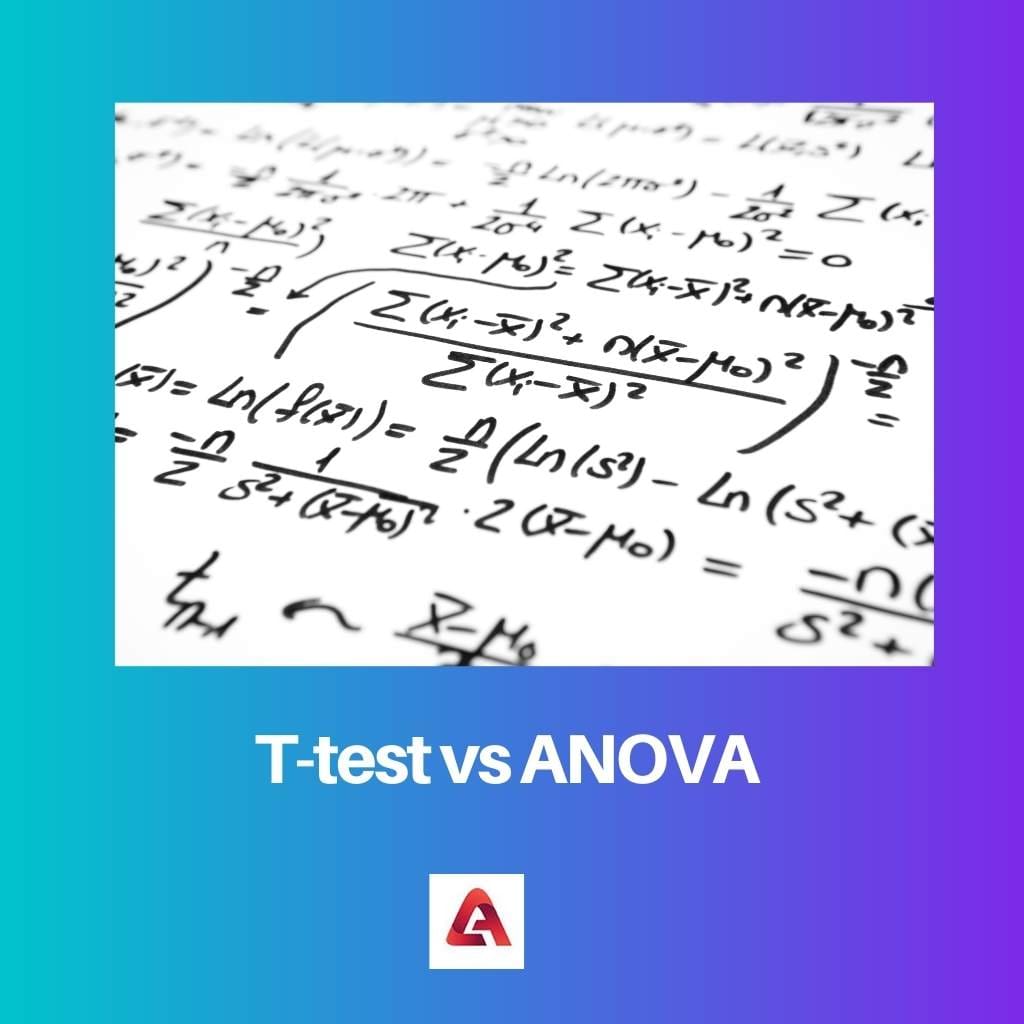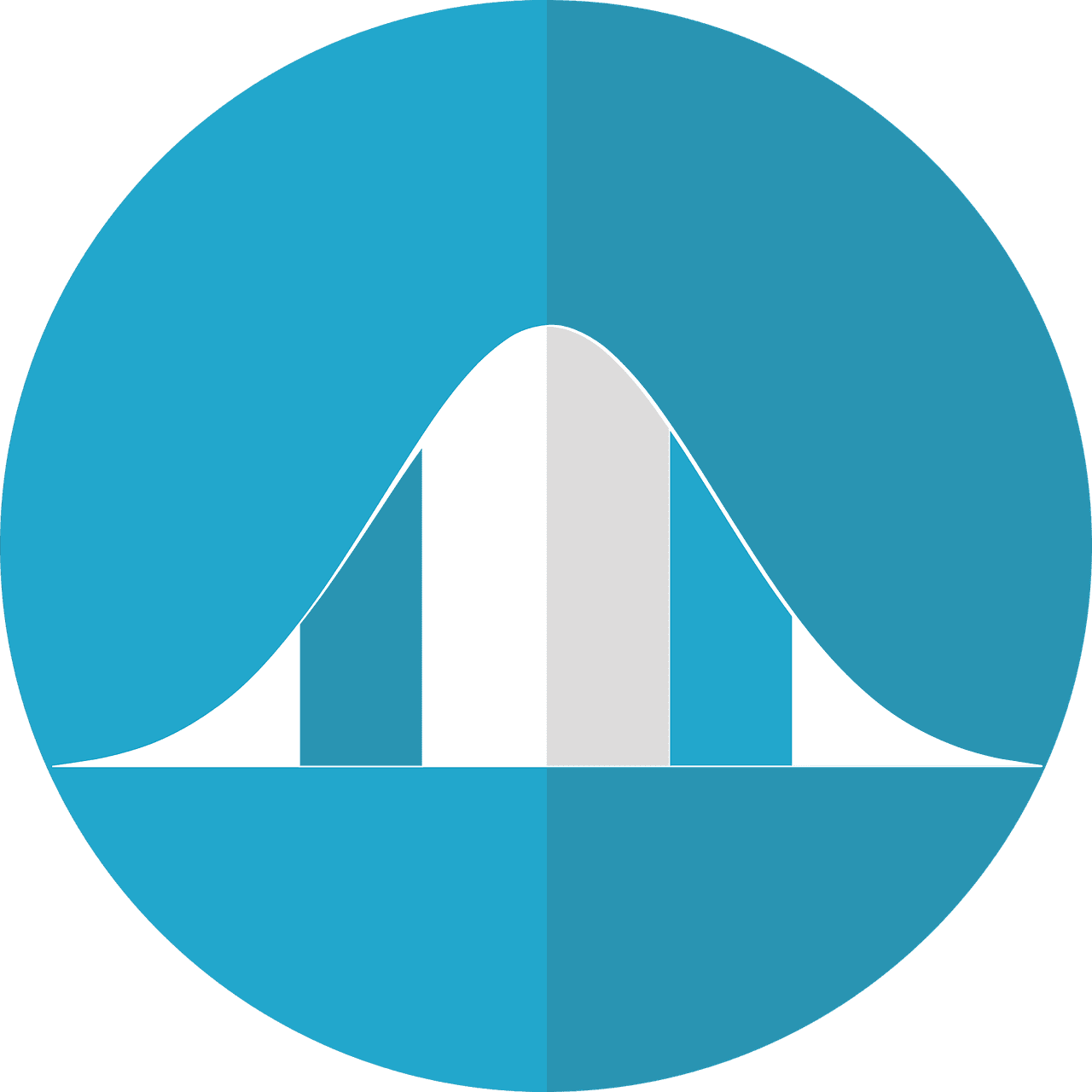To achieve the mean, it is always a long and exhausting interaction to collect and calculate statistical information. The t-test and the Difference Single Directive (ANOVA) are the most commonly used measures.
Key Takeaways
- T-tests compare the means of two groups, while ANOVA compares the means of three or more groups.
- T-tests assume that the variances of the two groups being compared are equal, while ANOVA can handle unequal variances.
- T-tests are more straightforward than ANOVA, but ANOVA can provide more information about the relationships between multiple groups.
T-test vs. ANOVA
T-test is a type of test through which means of two groups can be compared. Difference between the means is identified in this test. The groups are considered independent. Anova is another test using which means of three or more groups can be compared. Post-hoc testing is required in anova testing. Anova testing can be used in social sciences.

T-test statistics follow T = Z/s in large numbers, where Z and s are data features. The variable Z is meant for the alternative hypothesis; where an alternative view is valid, the magnitude of the variable Z is greater. Meanwhile, ‘s’ is a parameter that scales to decide the distribution of T.
ANOVA is a statistical model set. Although scholars and statisticians have long used ANOVA criteria, Sir Ronald Fisher had only suggested in 1918 that the discrepancy be officially examined in the article ‘The Correlation between Mendelian Inheritance Supposition.’
Comparison Table
| Parameters of Comparison | T-test | ANOVA |
|---|---|---|
| Utilization | T-tests are used for hypothesis testing. | ANOVA shall examine two standard deviations. |
| Test Statistic | x ̄-µ)/(s/√n) | Between Sample Variance/Within Sample Variance |
| Meaning | The T-test is a hypothesis test used by two populations to consider the processes. | ANOVA is an observable technique for analyzing multi-population methods. |
| Feature | The T-Test compares two sample size groups (n) below 30 per group. | To equate three or more types, ANOVA is used. |
| Error | A t-test is more likely to commit a mistake. | ANOVA has a mistake more significant than that |
What is T-test?
A t-test is a form of inferential statistics used to decide if the procedures for two meetings are significantly different and can be referred to in certain features.
A t-test uses the t-statistics, the t-distribution assessments, and the opportunities to evaluate the statistical significance. One can use the variation investigation to carry out a test of at least three approaches.
We wouldn’t want the students in the models mentioned above to have precisely the same mean and standard deviation if we somehow took an example of class An students and another instance of class B students.
Mathematically, the t-test takes an example from both sets to confirm the problematic declaration by supporting an invalid argument of equivalence between the two processes.

What is ANOVA?
Dispute assessment is a testing apparatus used in insights comprising two parts, deliberate and erratic elements, with a tremendous overall fluctuation within an information set.
In a relapse trial, investigators use the ANOVA test to determine how independent variables affect the dependent variable. Until 1918, when Ronald Fisher examined the difference process, t-and z-test methods developed in the twentieth century were used for measuring analysis.
ANOVA is also called the Fisher Variance Analysis because it increases the t-and z-tests. The concept was remarkable in 1925 when “Measurable Methods for Research Workers” appeared in Fisher’s journal.

Main Differences Between T-test and ANOVA
- The T-test is applied when the example population is less than 30 and the normal differentiation is obscure, whereas the ANOVA can be used on the vast population tested.
- The T-test is used for the sample to verify, while ANOVA is used for the shift of examples hypothesis.



